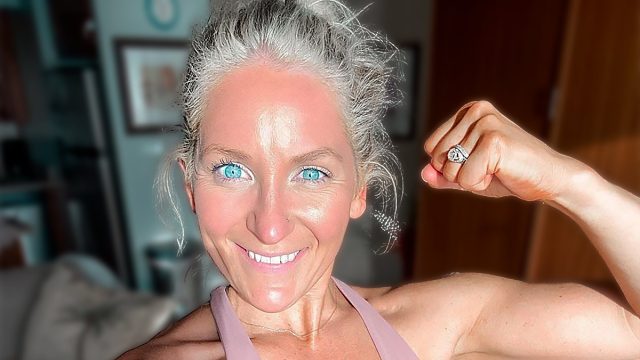I Lost 45 Pounds and Got Into the Best Shape of My Life in 90 Days With These 9 Steps
Do you want to lose one pound every two days? According to one weight loss warrior, it's definitely doable. Charlene Town talks about "all things healthy lifestyle and sustainable weight loss" on her YouTube channel. In one of her viral videos she reveals how to transform your life in the next 90 days. "I've lost 45 pounds in a healthy, sustainable way that was all healthy habits and creating a lifestyle," she says in the clip, going on to reveal her top "mindset shifts and actionable, tangible steps" for losing weight and changing her life.
Start Now
"The first tip that we're gonna start with today is that you have to start, and you have to start now," she says, explaining that all too often, people continue putting it off. Once they finally start, they "end up going back to what we always did and what we've always done because it's easier, it's familiar, and we haven't actually made it our habit and routine yet," Charlene says.
Give Yourself Time and Be Patient
Next, you need to give it time. "Research shows that it takes 21 days to create a new habit," she says. "That's why you need at least 90 days because it's not like all year long. There's an end period."
Move Throughout the Day
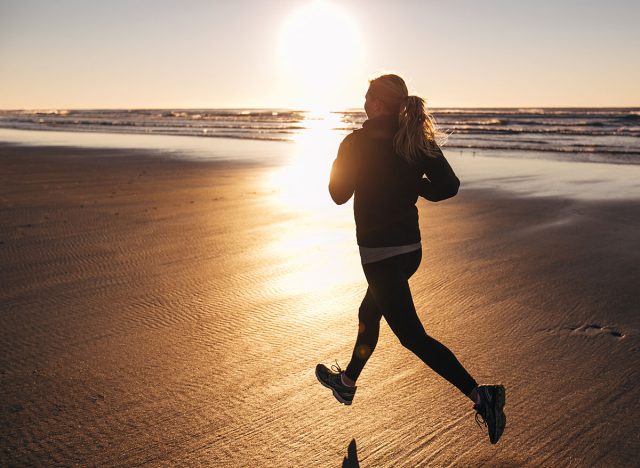
You also need to work on "finding movement throughout the day," she says. She created a 30-day challenge for herself "of a different movement every single day," which she did three times a day. She starts her day with a 30-minute walk and then does the exercise right after, then again at noon, and once in the evening. "There's a different exercise every single day, and it's going to take you less than a minute to do this one thing. They're all body-weighted exercises, so you can literally do them anywhere."
Set Clear Goals
"The next thing that you really need to do is get crystal clear on who you are becoming," she says. When you start asking yourself lots of questions, "you get an action plan" of what to work on. "Just start getting really clear on who you want to become."
Be Comfortable with Being Uncomfortable
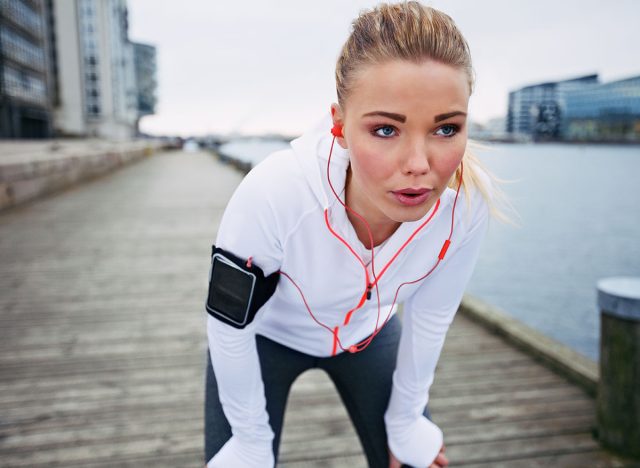
Next, "you need to be comfortable with getting uncomfortable," she says, "because change is uncomfortable, but staying the same is uncomfortable." She adds that you don't have to wait until "your rock bottom moment" before you change. "Pick your hard," she says. "Change is uncomfortable, but get comfortable with being uncomfortable."
Don't Give Up
Next, "If you never give up, you will never fail," she says. "I keep taking steps in the right direction," she continues. "Just keep taking little steps in the right direction, and you're gonna get to where you wanna be because as long as you never give up, you'll never fail."
Remember That Doing Something Is Better Than Nothing
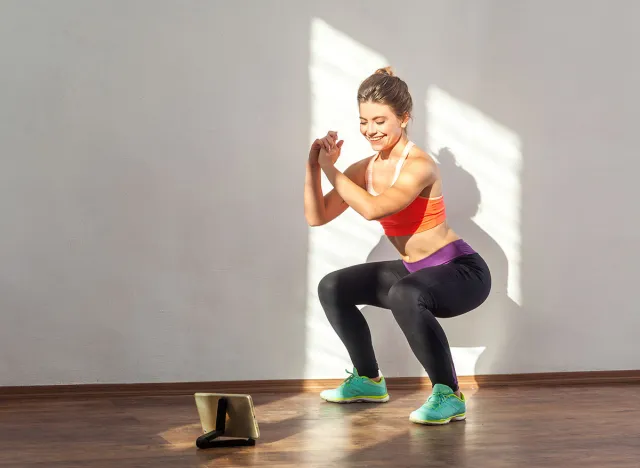
Also, doing something is better than doing nothing. "There are days when I can't do a 30-minute workout, and I want to have that accountability of just three times a day," she admits. "Just stand up and do 10 squats, stand up and do 20 jumping jacks. Just stand up and do something to move your body, to make your body feel better."
RELATED: I Hit 60 and These Daily Habits Keep Me Fit and Feeling 20 Years Younger
Keep It Simple
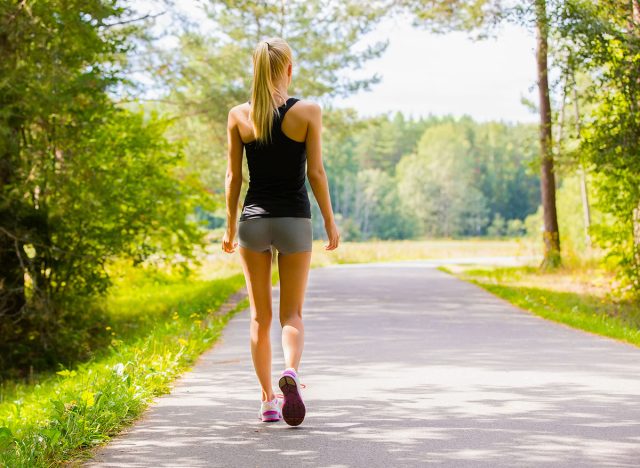
Also, remember to keep it simple. "Move your body a little bit. Go for a walk. Eat some high protein meals," she says.
Be Inspired
"I hope that it inspires you to start today. I hope it inspires you to get clear on your vision of who you are becoming and who you really wanna be, and start taking actionable steps to get to where you really wanna be," she says at the end of the video. "Because I am telling you if I can do it, so can you and I urge you."
RELATED: Yes, You Can Lose 10 Pounds in a Week. Here Is How According to an Expert
Follow Charlene
You can follow Charlene Town on social media. She is on YouTube and Instagram, or you can visit her website. And if you enjoyed this article, take advantage of these 15 Quick Ways to Lose Body Fat Percentage in a Week.
